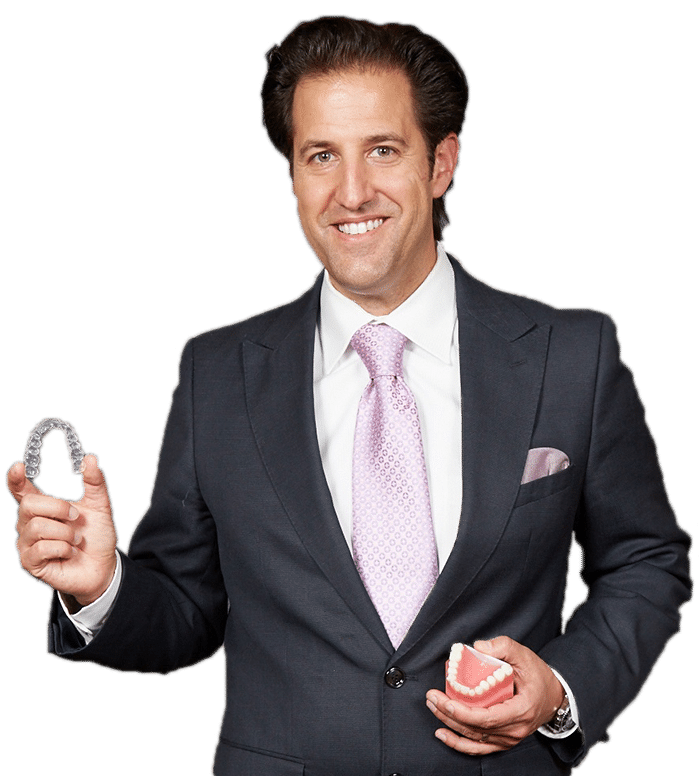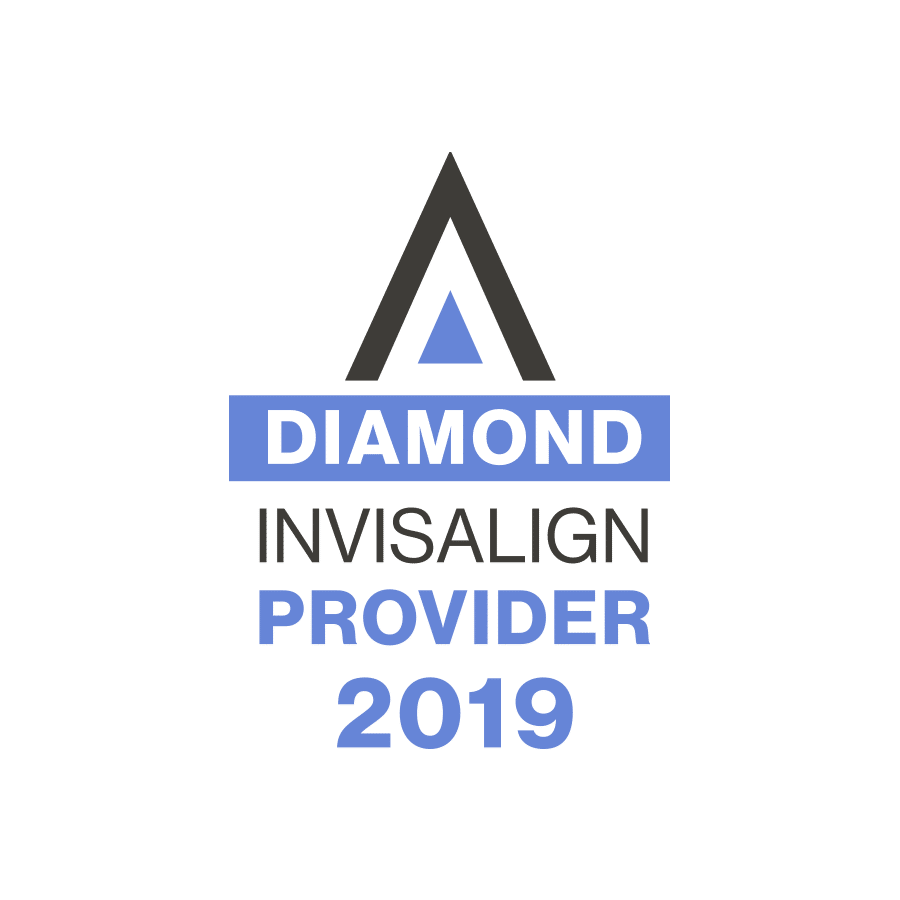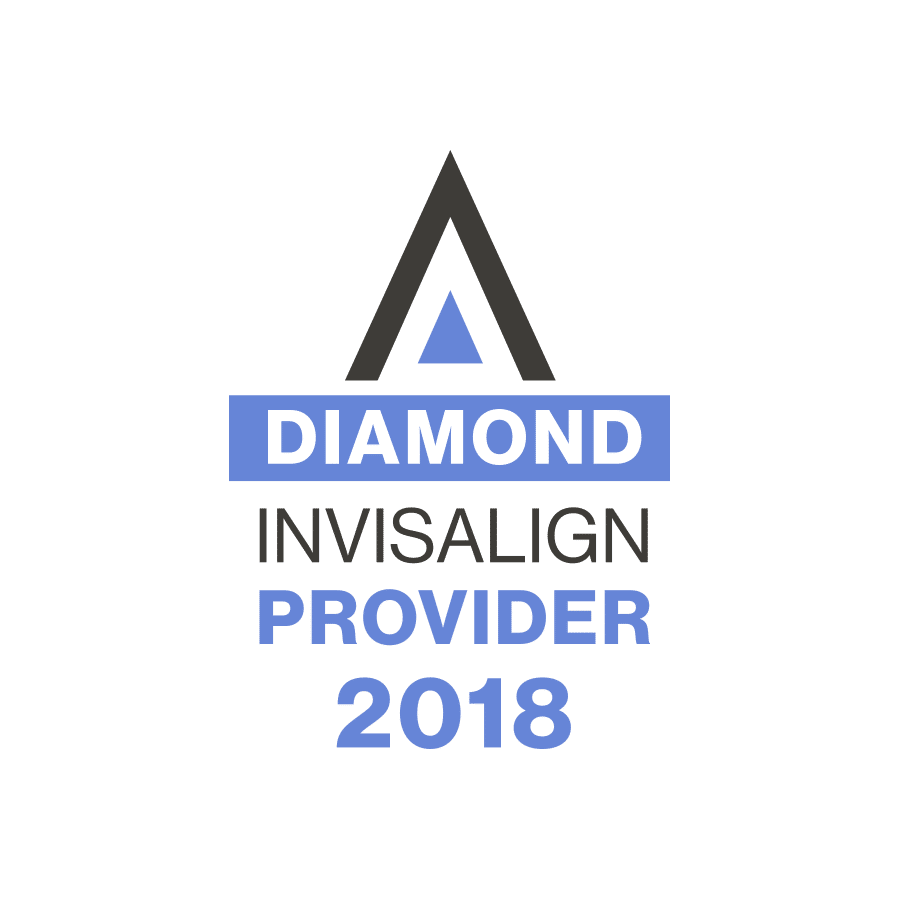What Can Invisalign Fix — and What It Can’t Fix
If you’re wondering, “What Can Invisalign Fix?” you might have a shorter list considering what it can’t fix. When it was first introduced, Invisalign® was only valid for minor alignment issues. Since the introduction, Align Technology has continued improving this almost invisible tray alignment system. Invisalign is suitable for correcting nearly all malocclusions from minor to complex.
What is Invisalign?
Invisalign is an almost invisible tray alignment system. The simple design makes the system versatile while maintaining the ability to concentrate pressure on your teeth to create movement. Invisalign should be in place for 20 to 22 hours each day but is removable for eating and drinking.
Oral hygiene with Invisalign is much easier than with traditional metal braces too. Because you remove the trays for brushing and flossing, you don’t have to alter your regular hygiene routine.
In Princeton, NJ, your orthodontic specialist is Dr. Jonathan Nicozisis of Princeton Orthodontics. When it comes to Invisalign treatment, you want the best. As a Diamond+ Invisalign provider, Dr. Nicozisis is in the top one percent of all Invisalign providers. Why does that matter?
All Invisalign providers attend specific training provided by Align Technology. As a member of the Invisalign National Speaker’s Bureau and Clinical Research Network, Dr. Nicozisis researches to improve Invisalign. He also participates as a lecturer, training other providers in new techniques.
How Does Invisalign Work?
Traditional braces use applied tension to create the force necessary to shift teeth into new positions. Invisalign provides similar results but uses gentle and constant pressure against teeth to push them into alignment. Tray aligners are custom fit for each individual using 3D imaging.
Trays need to remain in place for 20 to 22 hours per day. Approximately every two weeks, patients shift into a new set of trays. Each tray set is sequenced to shift teeth into the correct positions progressively. Every 6 to 12 weeks, patients visit their orthodontist for checkups and receive new tray sets.
How Long Does Invisalign Treatment Take?
Although in cases of minor malocclusion, Invisalign treatment can be as quick as three to six months, that isn’t the average. Most patients will have a treatment plan between 12 to 18 months. In complex cases, treatment may last as long as 36 months.
Each smile is unique, which means that every treatment plan will be different.
Can Invisalign Fix Jaw Alignment?
In some cases, yes, Invisalign can effectively correct jaw alignment. However, orthognathic surgery may be necessary in more complex cases before or after Invisalign treatment.
What Can Invisalign Fix?
Invisalign can treat almost all alignment problems, from minor to complex. If your smile doesn’t please you, an Invisalign consult will let you know if this is the right treatment for you. Your dream smile could be a short few months down the road. Invisalign can be very successful in treating all the problems below and more.
Crowding
Crowding happens when the jaw is too small for adult teeth. This can cause teeth to grow crooked, overlap, or twist. Crowding makes it difficult to brush and floss, leading to advanced tooth decay and periodontal disease.
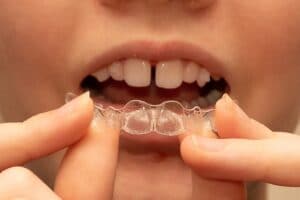 Gap Teeth
Gap Teeth
When there is extra spacing between teeth, the condition is known as gap teeth. While some people (such as Michael Strahan and Eddie Murphy) opt to leave their gap as a signature look, many people want to close the gap. Over time, gaps can create areas where food can get stuck between teeth. This can cause tender gums and lead to gum disease.
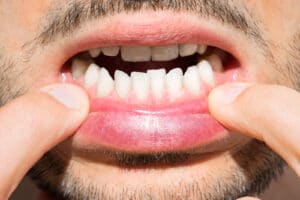 Crooked Teeth
Crooked Teeth
Crooked teeth can be caused by crowding or just incorrect growth. In some cases, crooked teeth can cause problems brushing and flossing correctly. Inadequate oral hygiene leads to advanced tooth decay and additional issues.
Overbite
When the upper teeth overlap the bottom, it is called an overbite. While quite common, correction is necessary to properly align the bite in some instances. An excessive overbite, or deep bite, can lead to pain and cause teeth to wear unevenly. In some cases, the orthodontist may opt to leave a slight overbite if it does not cause other alignment issues.
Underbite
An underbite occurs when the lower teeth close in front of the upper teeth. In some cases, where the lower jaw is positioned too far forward, orthognathic surgery may be necessary. Correcting an underbite avoids potential problems with uneven tooth wear, speech difficulty, and problems chewing correctly.
Crossbite
When some teeth close in front of others, it is called a crossbite. This condition can cause chipping and wearing of teeth. It may also cause receding gums and lead to gum problems or possible bone loss.
Open Bite
When upper and lower teeth don’t meet with a closed mouth, the condition is known as an open bite. An open bite can make chewing some foods problematic, such as an apple or other foods that you bite into.
Does Invisalign Work with Baby Teeth?
Invisalign First® was developed to work with younger children who may have some but not all of their adult teeth yet. This early orthodontic care, known as Phase 1 Treatment or Early Treatment, can be instrumental in easing problems in young patients.
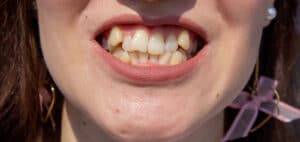
According to the recommendations of the American Association of Orthodontists (AAO), children should see an orthodontist before their seventh birthday. This early assessment allows the doctor to assess a child and provide counseling to parents. When necessary, it permits the doctor to correct potential problems using the natural growth experienced in children at this age. Most children do not need early orthodontic care but are placed in a monitoring program.
The goal of early treatment, when necessary, is to guide the growth of the jaw to ensure that adequate room is available for erupting adult teeth. Invisalign First provides the following advantages:
- Treats a wide variety of issues, including spacing, crowding, and narrow maxillary arch.
- Removable for easy oral hygiene.
- Comfortable.
- Assists with poor oral habits such as thumb sucking.
Invisalign First delivers predictable results and creates a positive experience for young patients. Using the child’s natural growth to correct problems before they worsen makes the entire process less traumatic for children.
Princeton Orthodontics Specializes in Invisalign
In and around Princeton, NJ, your Invisalign specialist is Dr. Jonathan Nicozisis at Princeton Orthodontics. Using your Smartphone, you can begin right now with a Virtual Assessment. To request an appointment online, please submit our Contact Form. You may also speak to our scheduling coordinator by calling 609 757 8680.
We look forward to hearing from you!

